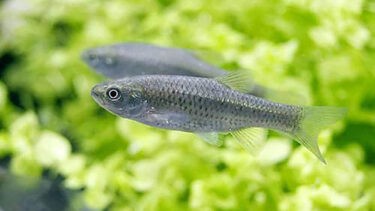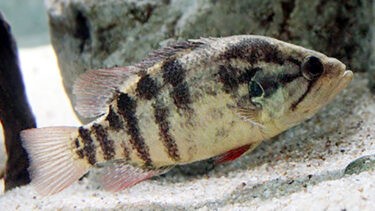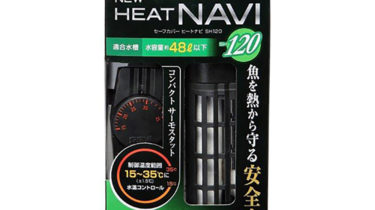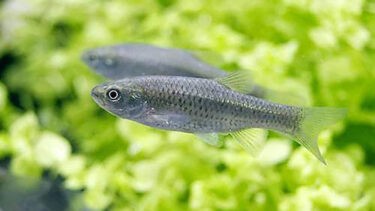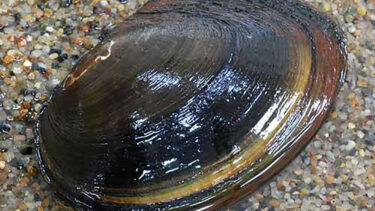Kawamutsu is a river fish belonging to the family Carpidae and the genus Kawamutsu, with a whitish abdomen, brown or yellowish-brown back, and a dark indigo vertical stripe down the center of its body. In this article, I would like to explain in detail the characteristics of the Kawamutsu and how to keep it.
What is Kawamutsu?

Kawamutsu belongs to the family Cyprinidae, the carp family. The habitat of the Kawamutsu is in East Asia, namely China, the Korean Peninsula, and Japan. In Japan, they are found in rivers and lakes in Honshu, Shikoku, and Kyushu west of the Tenryu River that flows through Nagano, Aichi, and Shizuoka Prefectures and the Noto Peninsula.Kawamutsu is characterized by its small fins in relation to its body, and its large body width due to weak lateral flattening. Its body color is whitish abdomen with brown or yellowish-brown dorsal surface and a single dark indigo vertical stripe down the center of its body. Kawamutsu is called variously in different regions. For example, moto in the Kinki region, mitsu or motsu around Lake Biwa, and akabae or yamaso in Kyushu.
The Hinamoroko is a light brown river fish with a white abdomen and light dark vertical stripes on its sides. It is also an endangered species in some places. In this article, we will discuss the [...].
The Oyan louse is a river fish of the family Perciformes, which inhabits the Kinki, Chugoku, Shikoku, and northern Kyushu regions of Japan west of the Yodo and Yura Rivers. It is a river fish with an eyeball-like pattern on the back of its gill cover and about six horizontal stripes on the sides of its body. It also depends on the location [...].
How to Keep Kawamutsu
Kawamutsu are an easy species to keep if you know how to keep them. The life span of the Kawamutsu is approximately 3 to 5 years. Their body size is about 10-15 cm. However, both lifespan and body size vary depending on the environment in which they are kept and the food they are fed. They prefer slightly alkaline to neutral water quality, with a pH of 7.0 to 8.0. They can live in water temperatures between 5-25℃.
A heater is a device that maintains a constant water temperature. If you go to a specialty store that carries heaters, you will find a wide variety of types. Some people may be at a loss as to which one to choose. In this article, we would like to explain about such heaters [...]
Points to keep in mind when mixing swimmers
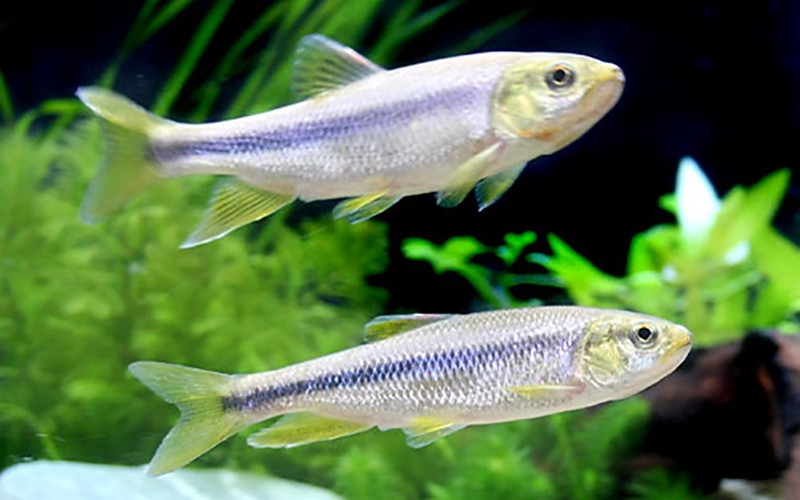
Regarding mixed swimming, first of all, the character of Kawamutsu is mild. For this reason, it is recommended to mix them with species of the same size or medium-sized species such as the rosy bitterling.Kawamutsu are omnivores, so care should be taken when mixing them with smaller species, as they may chase after them. Also, if the mixed species is a territorial species or a chasing species, the kawamutu may become weak due to stress. If you are worried about having them swimming together, we recommend that you add more aquatic plants such as water plants to create a hiding place for them.
Many people think that goldfish are the goldfish that you see at fairs and festivals in the summer, and that there are many different kinds of goldfish. And it is no exaggeration to say that each type of goldfish has its own characteristics, and that is the best part about goldfish [...]
When you go to a specialty store to look at killifish, you will be surprised at the many varieties available. The prices are different, as are the body colors and patterns, so it is hard to know what to choose. So, in this article, I would like to explain in detail about the different types of medaka. Types of Medaka Scarlet Medaka [...].
Points about spawning
Many people who keep Kawamutsu want to breed them. In the wild, Kawamutsu spawn from May to August. If kept in captivity, the timing when the water temperature reaches around 20 degrees Celsius is the signal for spawning. When it is time to spawn, males will have a red nuptial coloration on the underside of the head and abdomen. A very small trailing star will appear on the head and rump fins. The female extends a black tube, called the oviduct, from near the rump.When mature males and females are present, they spawn on gravel and other surfaces in shallow water. They hatch in about 24 hours when the water temperature is 25°C. As fry, they consume yokelsack (nutrition received from their parents) as other species do, and after that, they should be fed with fry food or other food. The fry then grow to 2-7 cm in 1 year, 7-13 cm in 2 years, and 11-15 cm in 3 years.
Points to keep in mind when keeping Kawamutsu
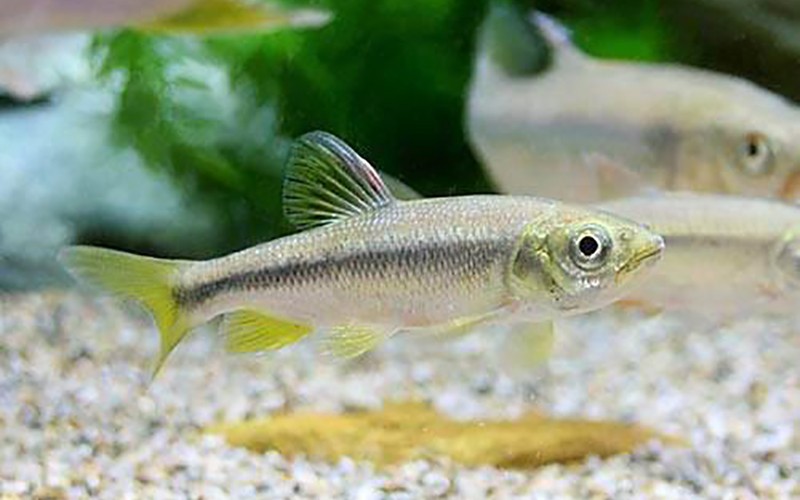
Kawamutsu is a river fish with a whitish abdomen, brown or yellowish-brown back, and a single dark indigo vertical stripe down the center of its body. In the wild, it prefers areas dotted with rocks and other vegetation, and areas where willows and other shore plants cover the surface of the water. They also tend to prefer places with clean water, so it may be easier to find them in shallow water upstream.Kawamutsu are omnivorous, feeding on water plants, algae, aquatic insects, benthic animals, and small fish. They are an important river fish in terms of education, as they are an essential part of the traditional Japanese ecosystem. If you are interested in kawamutsu, we recommend that you take a look at them at a specialty store.
The reef fish is a member of the family Gobyidae of the order Perchidae, found in rivers and lakes in tropical and temperate regions such as Japan and Southeast Asia. It is a river fish characterized by its sucker-like ventral fins that are evenly concave inward. Some species also have a reddish-brown line on the head [...]


